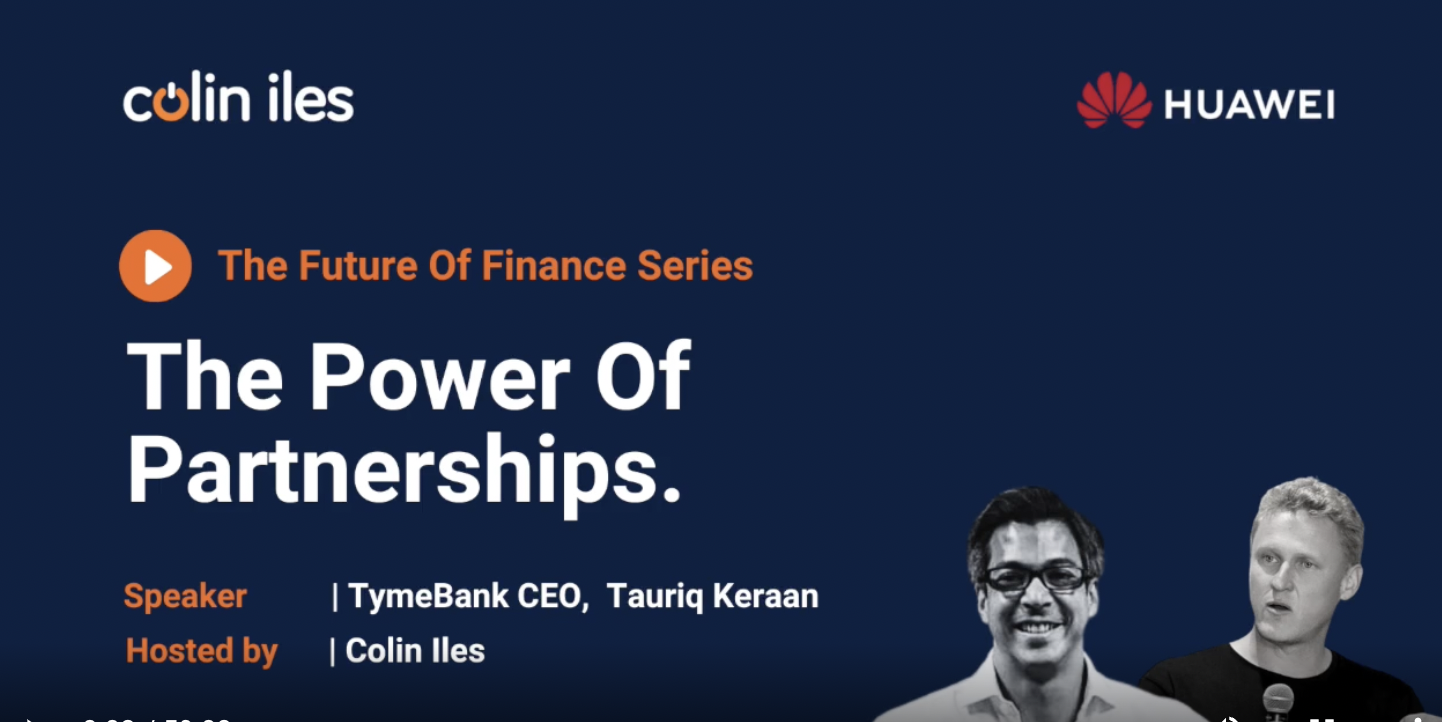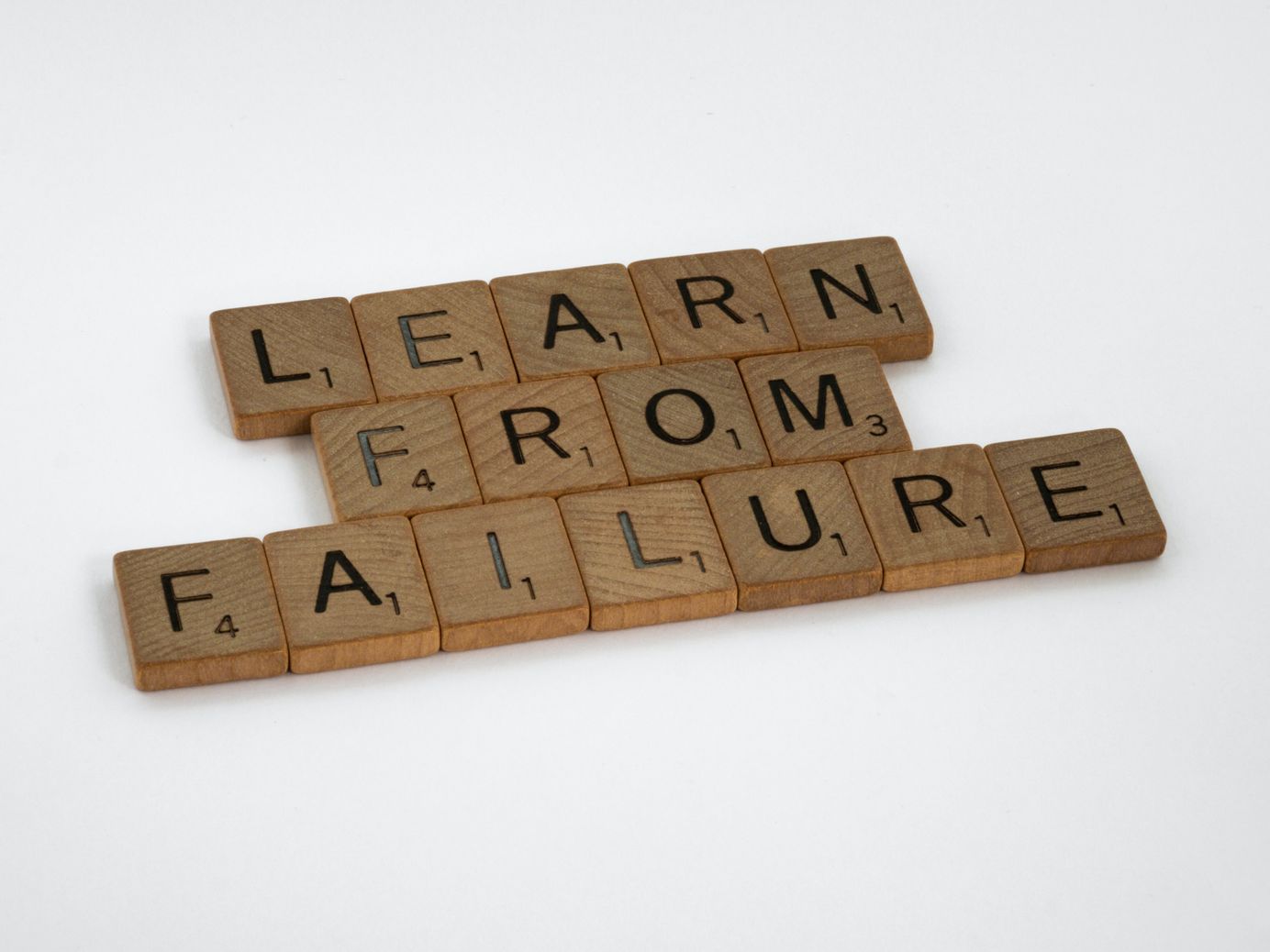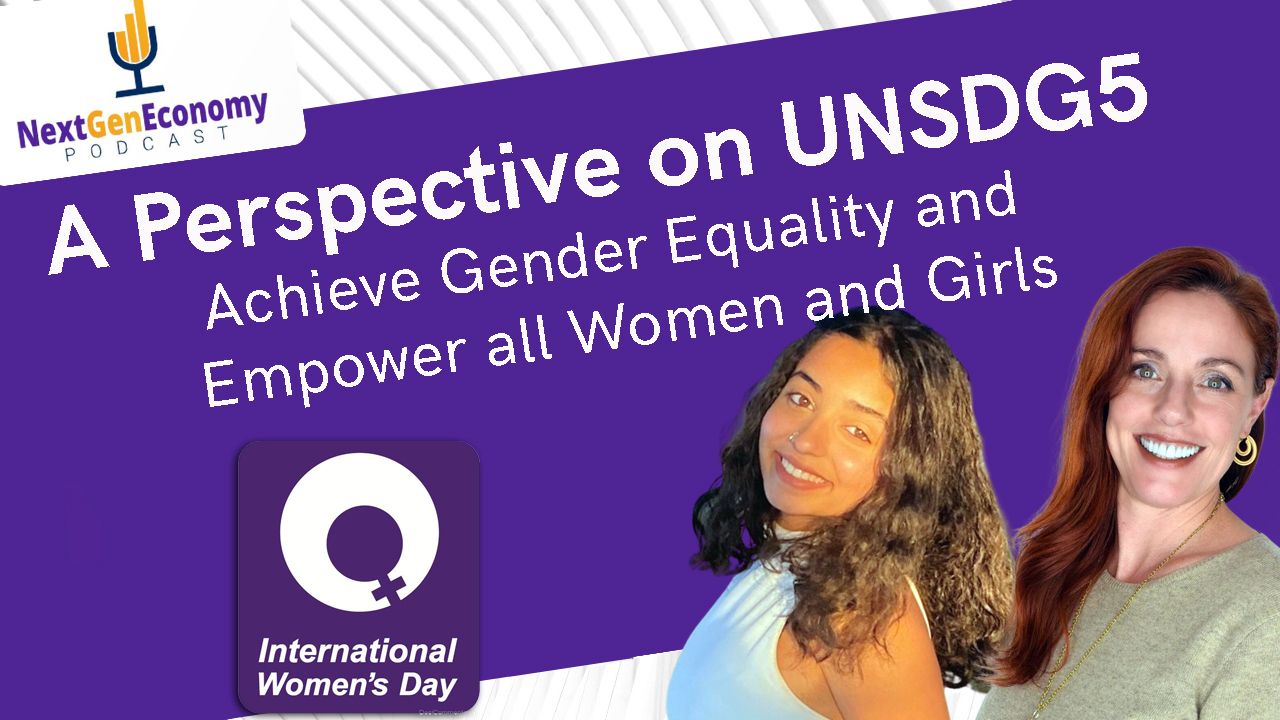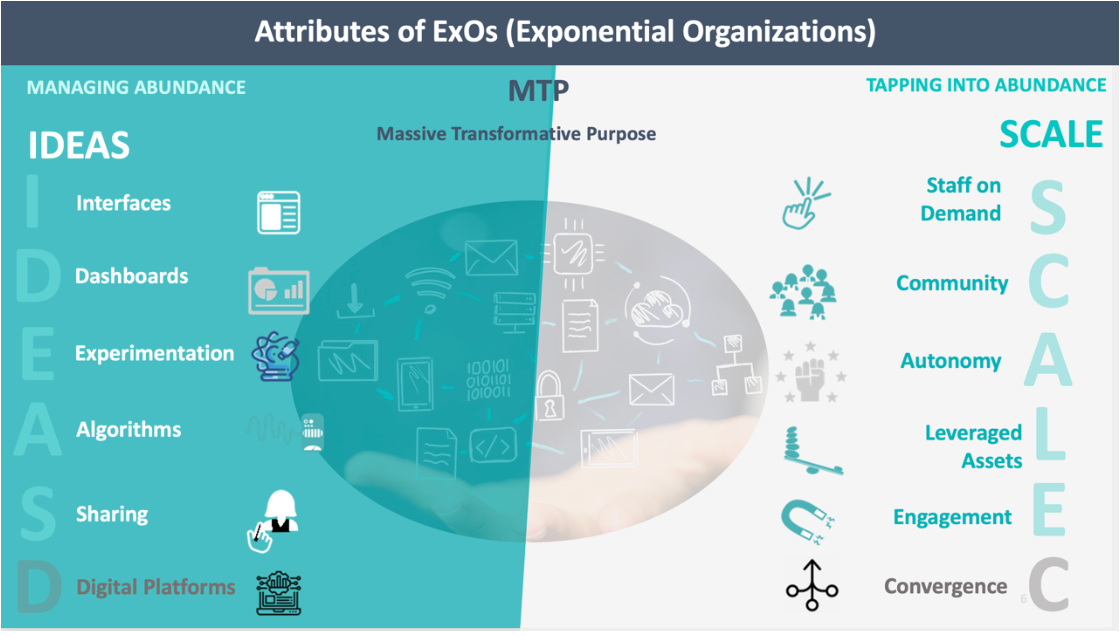Experimentation

It's Important to Remember That a Platform is a Business Model Paid Members Public
Starting small and moving fast using your community for insights, ideation, and product adoption truly help to test and pivot your own platform business and help to match the pivot of your customers.

Six Principles TymeBank Used To Scale (That You Can Use Too) Paid Members Public
Factors that appear to consistently create a culture that allows for these better, faster decisions include having a leadership team that is purposeful, curious and courageous. That opens the possibility for creating autonomous teams and encouraging rapid experimentation and prototyping.

How Health Economics Will Improve Clinical Trials to Maximize Health Paid Members Public
Due to the increasing urgency of accessing healthcare services, and a patient-centric approach, decisions need to be more open, fair, and empowering of patient opinions. Health economics guarantees a decision-making framework.

Success Behind Failure: Innovation Comes From Mistakes Paid Members Public
Failure reduces costs and encourages collaboration: research and innovation in science call for failure, which must be taught, nurtured, understood and integrated into one's scientific paradigm.

How to Operate in a New Web3 World Paid Members Public
Web3 is a cultural movement, a whole new philosophy. It goes beyond coding and finance. It is a new world that enables creators and users to capture the value you create, and we need to understand what it means and how we should change our operational models.

A Perspective to Achieve Gender Equality and Empower All Women and Girls (UN SDG5) with Bonisha Maitra Paid Members Public
One main thing that nobody really talks about is how diverse the entire space is. Let's say you like art, go create NFTs. Let’s say you like hacking, you can be a developer. It's genuinely like a whole universe of opportunity and it's not biased.

The Leadership Mindset Of The 21st Century Paid Members Public
The result of purpose-driven leadership is unleashed creativity, enhanced collaboration, and engagement, as well as courage for experimentation. A purpose-driven mindset is about understanding that we humans like to do meaningful tasks.







